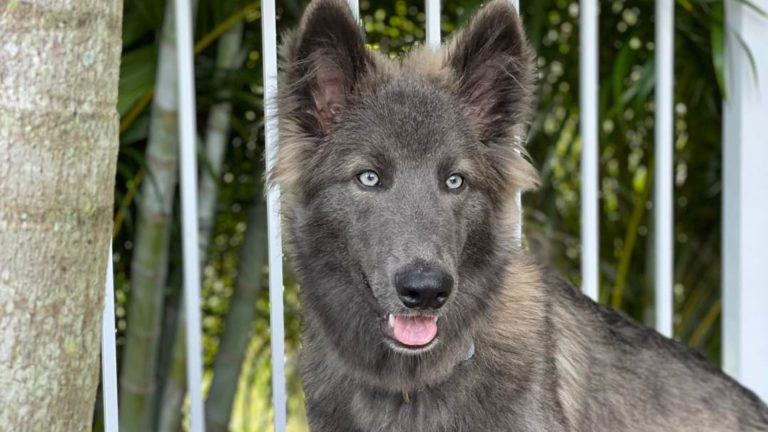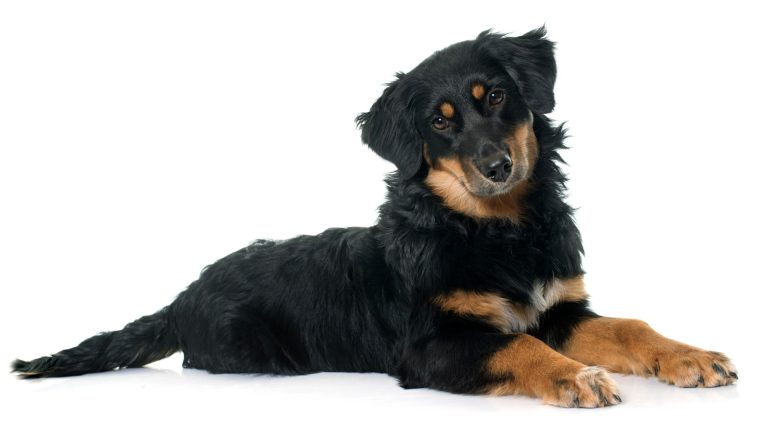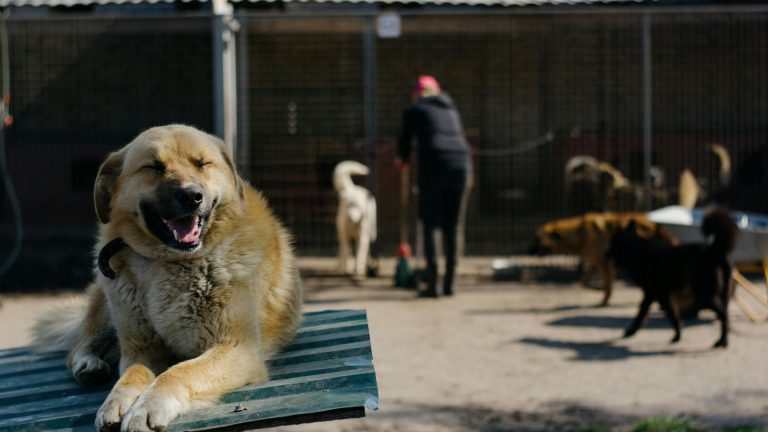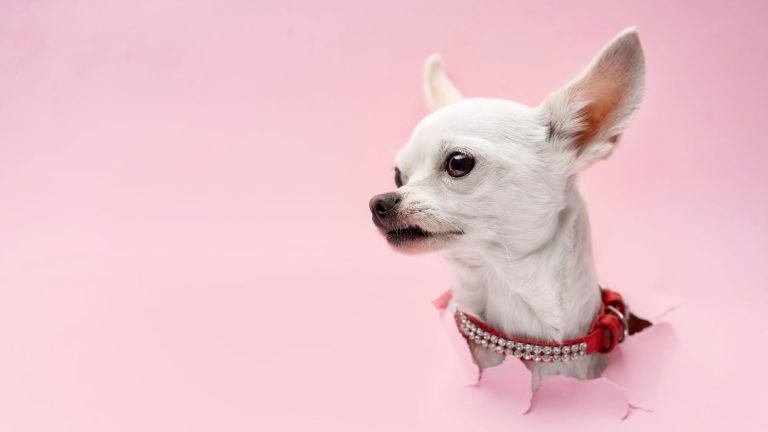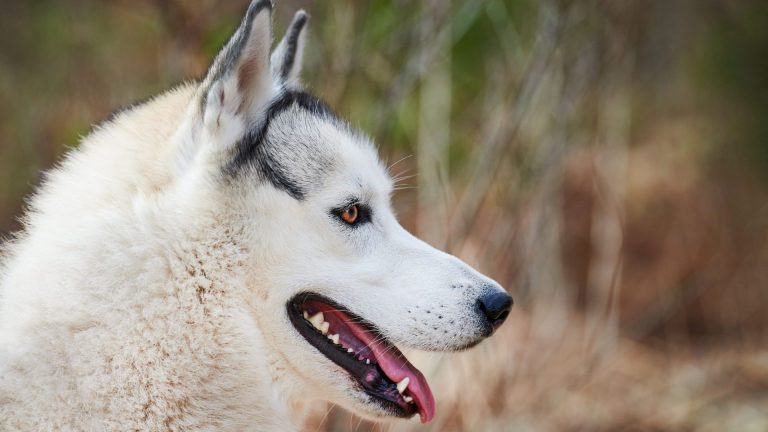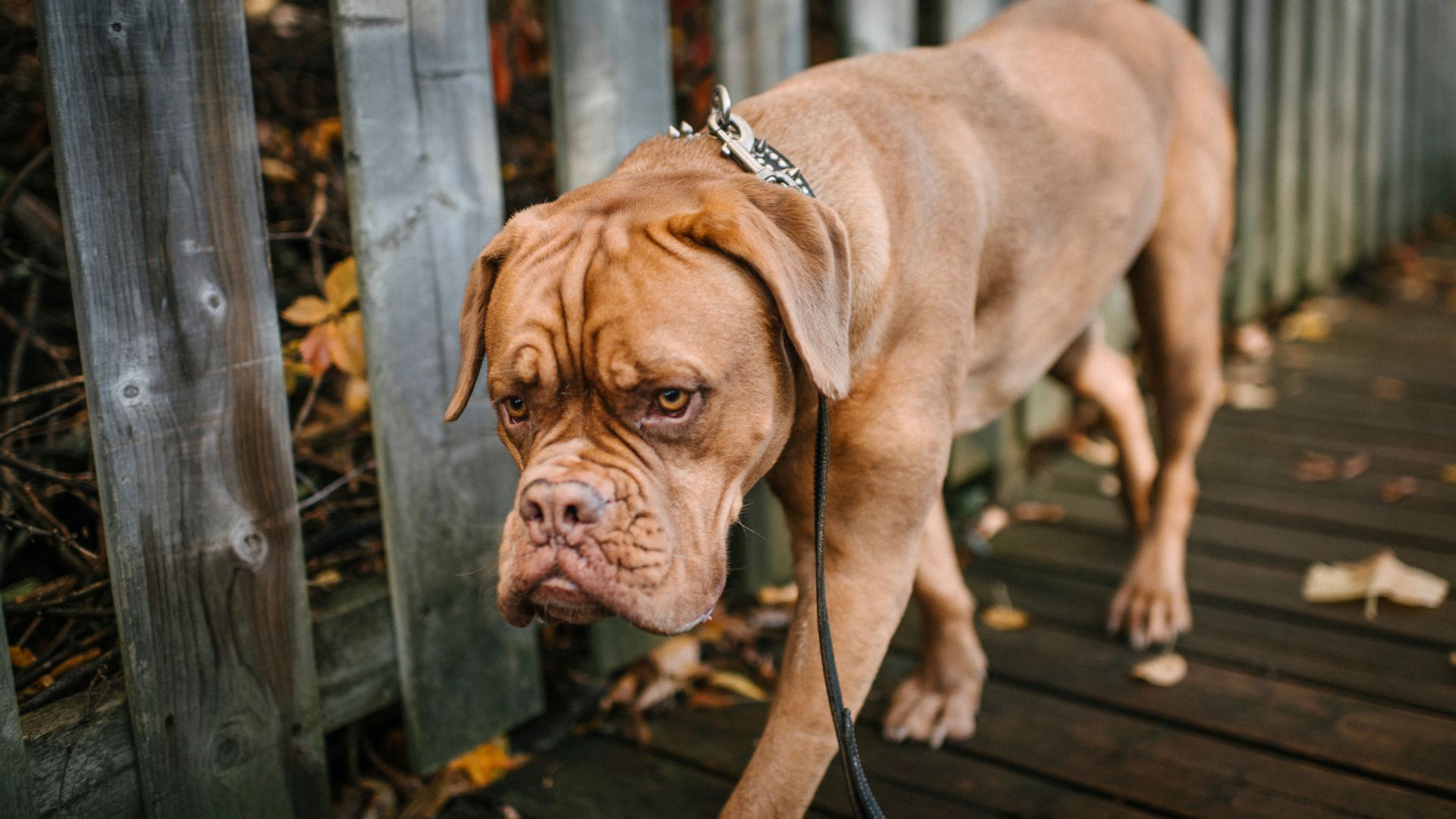
Contents
- 1 Understanding Dog Aggression
- 2 Criteria for Selecting the Meanest Dog Breeds
- 3 Top 10 Meanest Dog Breeds
- 4 How to Handle and Train Aggressive Dogs
- 5 Myths and Misconceptions About Aggressive Breeds
- 6 Conclusion
Dogs are often called man’s best friend, but not all dogs have friendly dispositions. Some breeds are known for their aggressive tendencies. In this article, we will explore the top 10 meanest dog breeds you should be aware of.
What makes a dog breed “mean”? The term “mean” typically refers to aggressive behavior. This can include biting, growling, or showing dominance over humans and other animals. It’s important to understand that aggression can stem from various factors such as genetics, environment, and upbringing.
Understanding dog behavior is crucial for pet owners and those considering adopting a dog. Knowing the potential for aggression in certain breeds can help you make informed decisions. Proper training, socialization, and care can significantly influence a dog’s behavior. While some breeds may have a predisposition to aggression, individual dogs can vary widely.
In this article, we will discuss what makes these breeds potentially dangerous and how you can manage their behavior. This information is essential for ensuring safety and fostering a harmonious relationship with your pet. Stay informed and prepared to create a safer environment for both you and your dog.

Understanding Dog Aggression
Dog aggression refers to a range of behaviors, including growling, biting, and lunging. These behaviors are often rooted in a dog’s instinct to protect itself, its territory, or its pack. Understanding aggression is crucial for managing and preventing it.
Common causes of aggression in dogs include fear, dominance, territoriality, and pain. Fear aggression occurs when a dog feels threatened and resorts to aggression to defend itself. Dominance aggression arises from a dog’s desire to assert control over its environment or other animals. Territorial aggression happens when a dog defends its space from perceived intruders. Pain aggression can result from a medical condition causing discomfort or distress.
Breed can significantly influence a dog’s behavior. Some breeds have been historically bred for guarding, protection, or hunting, which can make them more prone to aggressive behavior. For example, breeds like Rottweilers and Doberman Pinschers were bred for protection, making them more likely to exhibit guarding behaviors. Genetics play a role, but it’s essential to remember that environment and training greatly impact a dog’s temperament.
Understanding the root causes of aggression and how different breeds may be predisposed to certain behaviors helps in managing and preventing aggressive incidents. Proper training, socialization, and care are key to fostering a well-behaved and balanced dog.
Criteria for Selecting the Meanest Dog Breeds
Selecting the meanest dog breeds involves careful evaluation of several criteria. These criteria help identify which breeds are more prone to aggressive behaviors.
First, temperament is a key factor. Some breeds have natural dispositions that make them more likely to exhibit aggressive behavior. These temperaments are often a result of breeding for specific traits such as guarding, hunting, or fighting.
Historical use also plays a significant role. Breeds developed for protection, guarding, or combat tend to have stronger aggressive tendencies. For example, Rottweilers and Doberman Pinschers were bred to protect property and people, which can contribute to their assertive and sometimes aggressive nature.
Statistics provide another important measure. Reports on dog bite incidents, attacks, and fatalities help identify breeds with higher tendencies for aggression. These statistics are gathered from various sources, including veterinary records, animal control reports, and studies by animal behavior experts.
By combining these factors—temperament, historical use, and statistics—we can determine which breeds are considered the meanest. It’s important to note that while certain breeds may have a higher likelihood of aggressive behavior, individual dogs within these breeds can vary widely. Proper training, socialization, and responsible ownership are crucial in managing any dog’s behavior.
Top 10 Meanest Dog Breeds
Certain dog breeds are more prone to aggressive behaviors due to their genetics and historical use. Understanding these breeds helps in managing and preventing potential issues.
Breed #1: Pit Bull Terrier
Pit Bull Terriers are muscular, medium-sized dogs known for their strength and agility. They have a reputation for being aggressive, but this is often due to their history and improper handling.
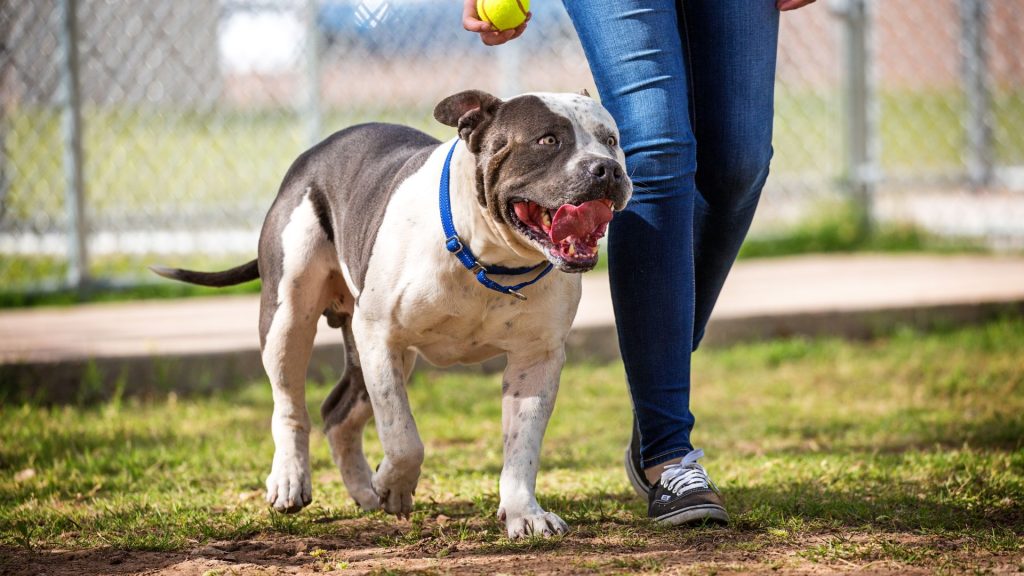
History and Origin
Originally bred in the 19th century in England for bull-baiting and later for dog fighting, Pit Bulls were selected for their tenacity and strength. When these cruel sports were banned, they transitioned to being farm dogs and family companions.
Typical Behavior and Aggression
Pit Bulls are loyal and can be very affectionate with their families. However, they have a strong prey drive and can exhibit aggressive behavior towards other animals. Their history of fighting has contributed to their reputation, and they require proper socialization and training to ensure they are well-behaved. With the right owner, Pit Bulls can be gentle and loving pets.
Breed #2: Rottweiler
Rottweilers are large, powerful dogs known for their strong guarding instincts. They are confident and loyal, often forming strong bonds with their families.
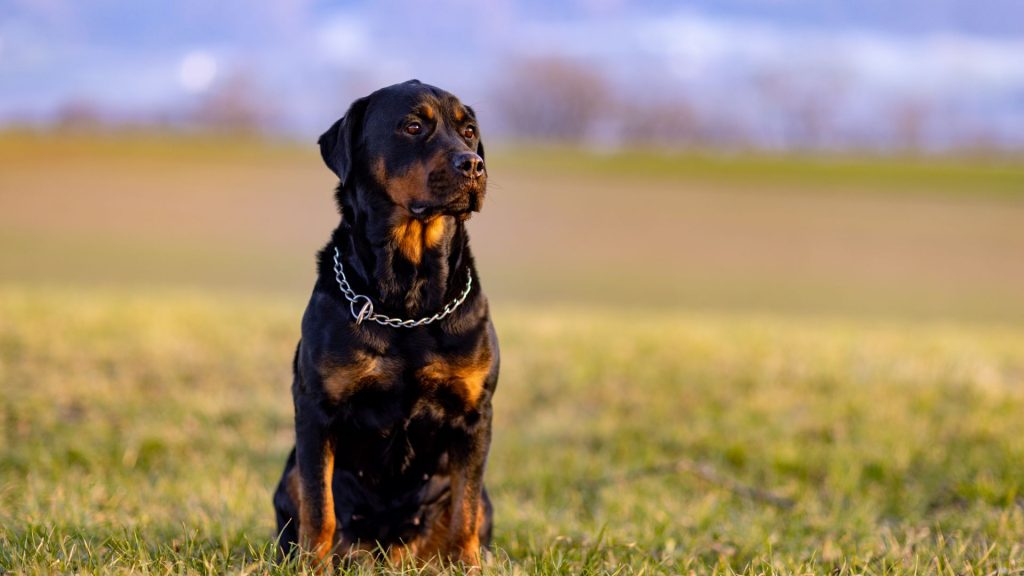
History and Origin
Rottweilers originated in Germany, where they were used as herding and guard dogs. Their name comes from the town of Rottweil, where they were employed to drive cattle and protect livestock. Their robust build and strong work ethic made them ideal for these roles.
Typical Behavior and Aggression
Rottweilers are known for their protective nature and can be wary of strangers. They are intelligent and require firm, consistent training. Without proper socialization, they can exhibit territorial aggression. Early training and positive reinforcement are key to managing their behavior. When well-trained and socialized, Rottweilers are loyal and obedient companions, making excellent guard dogs and family pets.
Breed #3: German Shepherd
German Shepherds are large, intelligent dogs known for their versatility and strong work ethic. They are often used in police and military roles due to their keen senses and trainability.
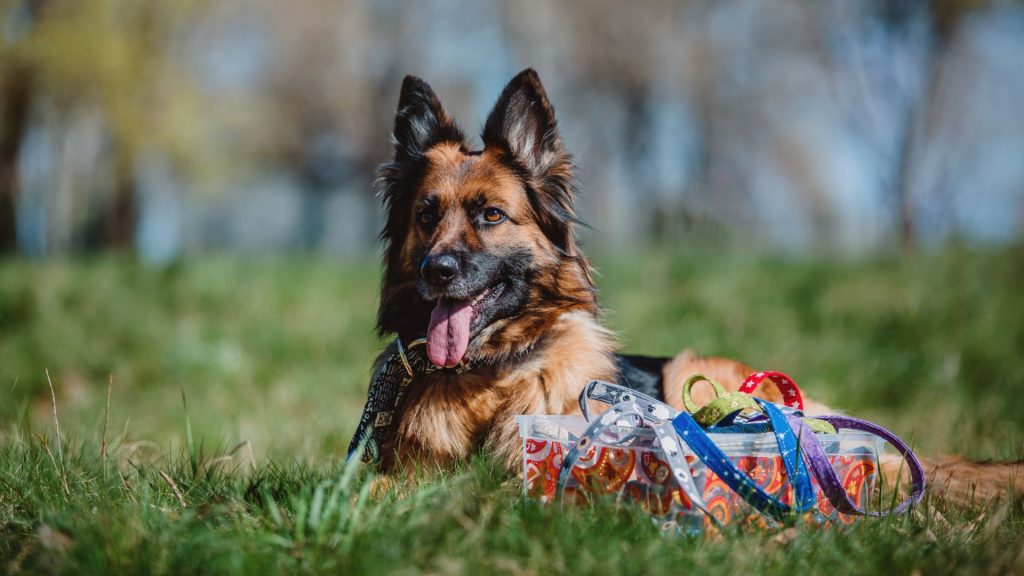
History and Origin
Originating in Germany in the late 19th century, German Shepherds were initially bred for herding sheep. Their intelligence and trainability quickly made them popular for various working roles, including search and rescue, police, and military work.
Typical Behavior and Aggression
German Shepherds are loyal and protective, often forming strong bonds with their families. They can be aloof with strangers and may exhibit territorial aggression if not properly socialized. Their high intelligence requires mental stimulation and training to prevent boredom-related behaviors. With proper training and socialization, German Shepherds can be gentle and reliable companions, but their protective instincts can make them aggressive if not managed correctly.
Breed #4: Doberman Pinscher
Doberman Pinschers are sleek, powerful dogs known for their alertness and loyalty. They are often used as guard dogs due to their protective nature and intelligence.
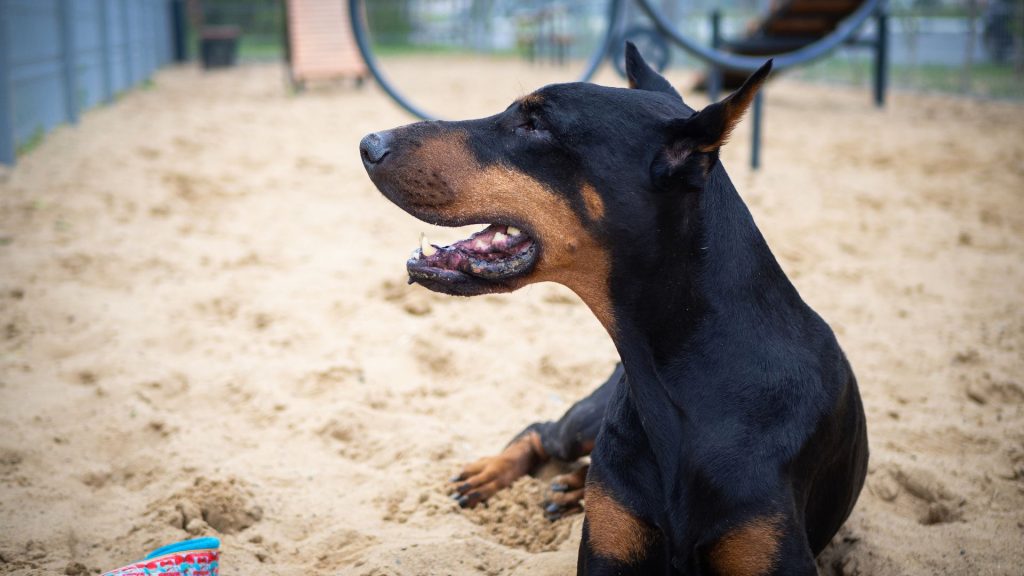
History and Origin
The Doberman Pinscher was developed in Germany in the late 19th century by Karl Friedrich Louis Dobermann, who wanted a loyal and protective companion. Originally bred from a mix of several dog breeds, including Rottweilers, Greyhounds, and Weimaraners, Dobermans quickly gained a reputation for their guarding abilities.
Typical Behavior and Aggression
Dobermans are known for their loyalty and protective instincts. They are intelligent and can be easily trained but require consistent and firm guidance. Without proper socialization, they can become overly protective and exhibit aggressive behaviors towards strangers. Early socialization and training are crucial to ensure a well-balanced temperament. When properly managed, Dobermans are loving, loyal, and make excellent family guardians.
Breed #5: Bullmastiff
Bullmastiffs are large, muscular dogs known for their strength and protective instincts. They are loyal and reliable, often serving as excellent guard dogs.
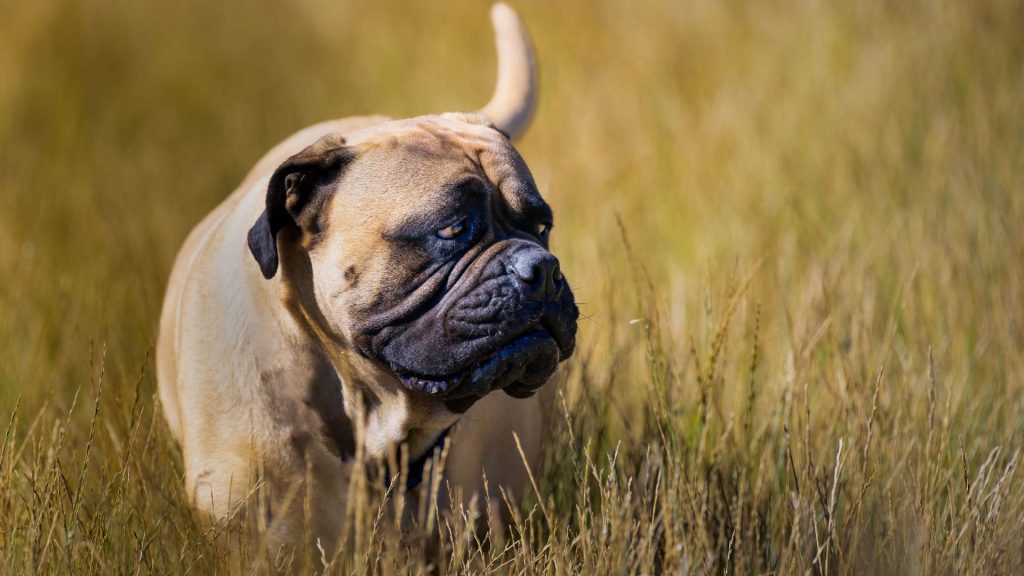
History and Origin
The Bullmastiff was developed in England in the mid-19th century. Bred by gamekeepers to guard estates, they are a cross between Bulldogs and Mastiffs. Their role was to track down and pin poachers without causing them harm.
Typical Behavior and Aggression
Bullmastiffs are generally calm and gentle with their families. However, their strong protective instincts can make them wary of strangers. They can be territorial and may exhibit aggression if they perceive a threat to their home or loved ones. Proper training and socialization are essential to manage their behavior. With the right guidance, Bullmastiffs are devoted, affectionate pets and formidable protectors of their homes.
Breed #6: Husky
Huskies are medium-sized, energetic dogs known for their striking appearance and endurance. They have a friendly and outgoing nature but can be challenging to manage due to their high energy levels.
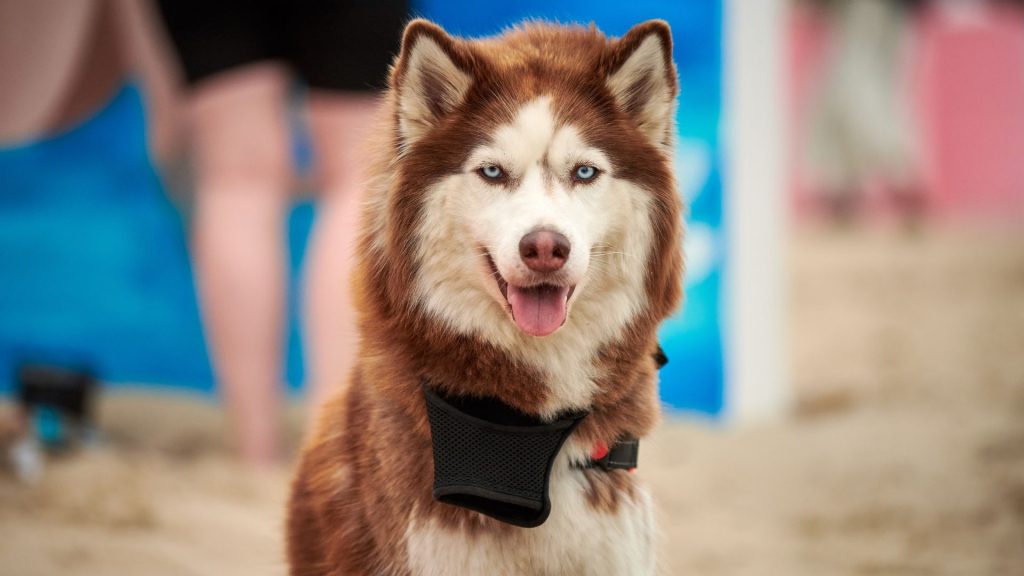
History and Origin
Huskies originated in Siberia, where they were bred by the Chukchi people as sled dogs. Their primary role was to pull sleds over long distances in harsh, cold environments. They were brought to Alaska during the Nome Gold Rush and became popular sled dogs in North America.
Typical Behavior and Aggression
Huskies are known for their friendly and playful demeanor. They are generally good with people and other dogs but can be stubborn and independent. They have a strong prey drive and may chase smaller animals. While not typically aggressive towards humans, they can become destructive if bored or not given enough exercise. Proper training, socialization, and plenty of physical activity are crucial to managing a Husky’s behavior and preventing potential issues.
Breed #7: Alaskan Malamute
Alaskan Malamutes are large, powerful dogs known for their endurance and strength. They have a friendly and affectionate nature but require significant physical activity and mental stimulation.
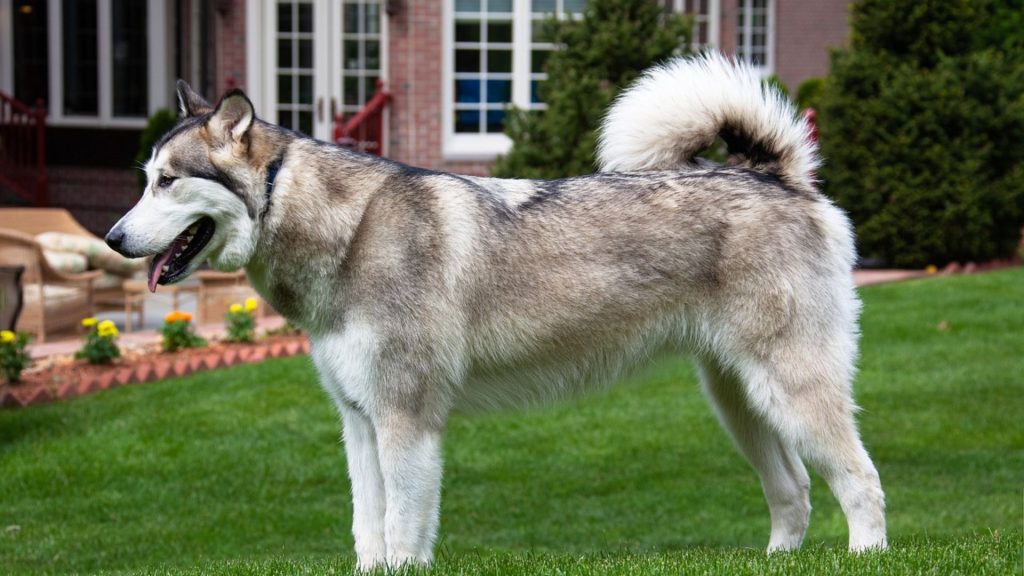
History and Origin
The Alaskan Malamute is one of the oldest Arctic sled dog breeds. They were originally bred by the native Inuit people of Alaska to pull heavy loads over long distances. Their strength and resilience made them essential for survival in harsh Arctic conditions.
Typical Behavior and Aggression
Alaskan Malamutes are typically friendly and sociable with people and other dogs. They are known for their independence and can be stubborn, making training a challenge. Their strong prey drive can lead to aggression towards smaller animals. While they are not naturally aggressive towards humans, their size and strength can be intimidating. Proper training and socialization from an early age are crucial to ensure they develop into well-behaved companions. Without adequate exercise and mental stimulation, Malamutes can become bored and destructive.
Breed #8: Chow Chow
Chow Chows are medium-sized dogs known for their distinctive lion-like mane and blue-black tongues. They have a dignified and aloof demeanor, often forming strong bonds with their owners.
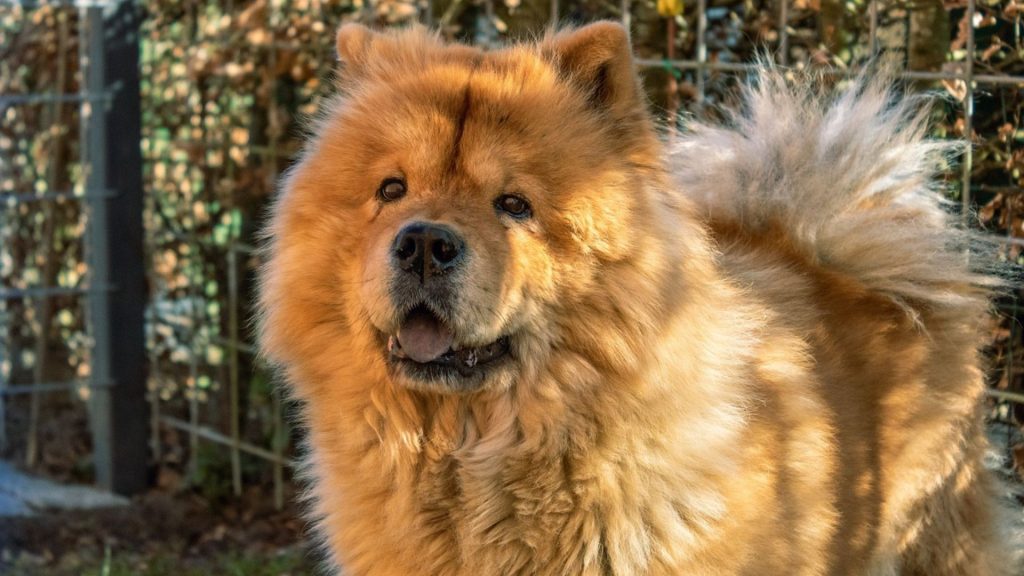
History and Origin
Chow Chows originated in northern China over 2,000 years ago. They were originally used for hunting, guarding, and pulling carts. Their unique appearance and versatility made them popular among Chinese nobility.
Typical Behavior and Aggression
Chow Chows are known for their independence and can be wary of strangers. They are often reserved and may seem aloof, but they are very loyal to their families. Due to their strong guarding instincts, they can be territorial and may exhibit aggression if they feel threatened. Proper socialization and consistent training from an early age are essential to manage their protective nature. With the right approach, Chow Chows can be loyal and protective companions.
Breed #9: Presa Canario
The Presa Canario is a large, robust dog known for its strength and assertive nature. They are often used as guard dogs and require an experienced owner.
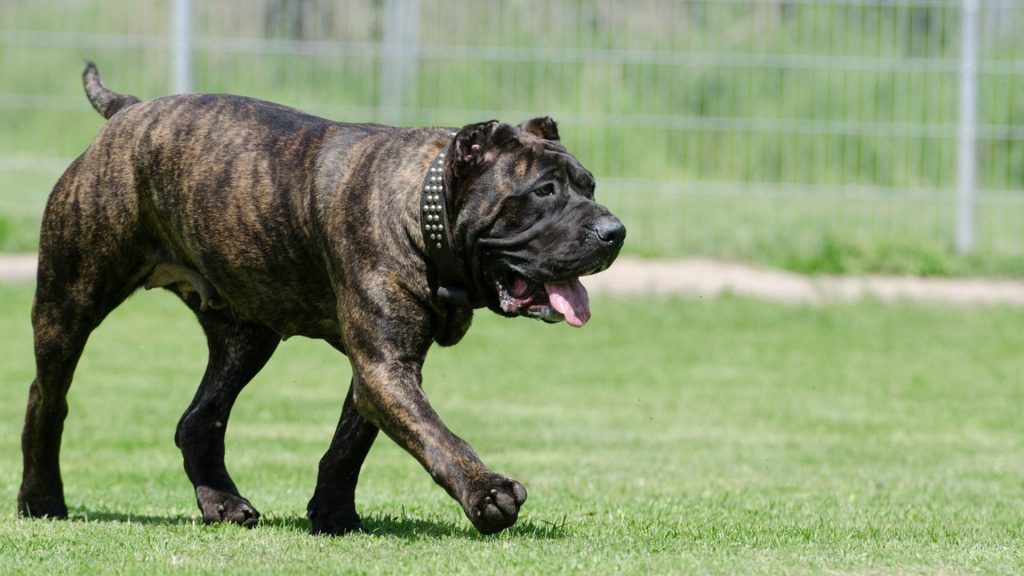
History and Origin
Originating from the Canary Islands, the Presa Canario was initially bred for working livestock and guarding properties. They have a history of being used in dog fighting, which has contributed to their reputation for aggression.
Typical Behavior and Aggression
Presa Canarios are confident and protective, making them excellent guard dogs. They are loyal to their families but can be wary of strangers and other animals. Due to their guarding instincts, they can exhibit aggressive behavior if not properly trained and socialized. Early socialization and consistent, firm training are crucial for managing their behavior. With the right approach, Presa Canarios can be loyal, protective, and well-behaved companions. However, they are best suited for experienced dog owners.
Breed #10: Dalmatian
Dalmatians are medium-sized dogs known for their distinctive black or liver-spotted coats. They are energetic, intelligent, and have a strong work ethic.
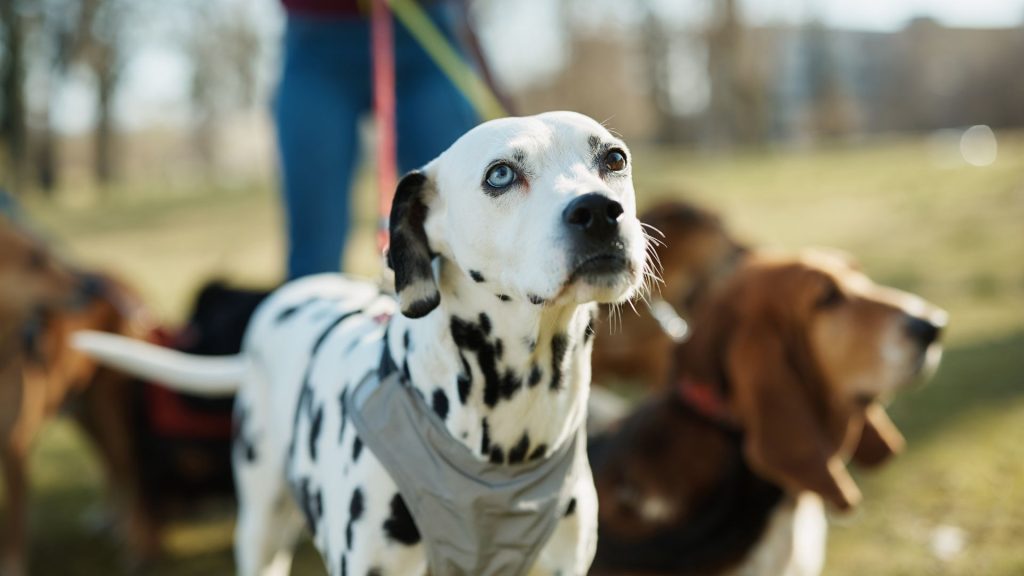
History and Origin
Dalmatians have a long history, with origins that trace back to Croatia and historical regions of Dalmatia. They were initially bred as carriage dogs, protecting horse-drawn carriages and their occupants. Their roles have varied over time, including firefighting mascots and circus performers.
Typical Behavior and Aggression
Dalmatians are known for their high energy levels and need for regular exercise. They are intelligent and can be trained easily, but they also have an independent streak. Dalmatians can be territorial and may exhibit aggressive behavior if not properly socialized. They are generally good with children but can be wary of strangers. Early socialization and consistent training are essential to prevent behavioral issues. With proper care, Dalmatians can be friendly, loyal, and well-behaved companions.
How to Handle and Train Aggressive Dogs
Managing aggressive behavior in dogs requires patience, consistency, and understanding. First, identify the triggers of aggression, such as fear, territoriality, or dominance. Once you know the cause, you can work on desensitizing your dog to these triggers. Use positive reinforcement techniques to reward calm and non-aggressive behavior. Avoid punishment, as it can increase aggression and anxiety.
Importance of Early Socialization
Early socialization is crucial for preventing aggression. Expose your puppy to various people, animals, and environments during their formative weeks. Positive experiences during this period help them become well-adjusted and less likely to exhibit fear-based aggression later in life. Enroll them in puppy socialization classes where they can learn proper behavior in a controlled setting.
Training Techniques and Professional Help
Consistent training is key to managing an aggressive dog. Teach basic commands such as sit, stay, and come to establish control. Use treats and praise to reinforce good behavior. If your dog’s aggression is severe, seek professional help from a certified dog trainer or behaviorist. They can provide personalized strategies and techniques tailored to your dog’s specific needs. In some cases, a veterinarian may prescribe medication to help manage aggression, especially if it’s linked to anxiety or other medical conditions.
By understanding and addressing the root causes of aggression, you can help your dog become a well-behaved and balanced companion.
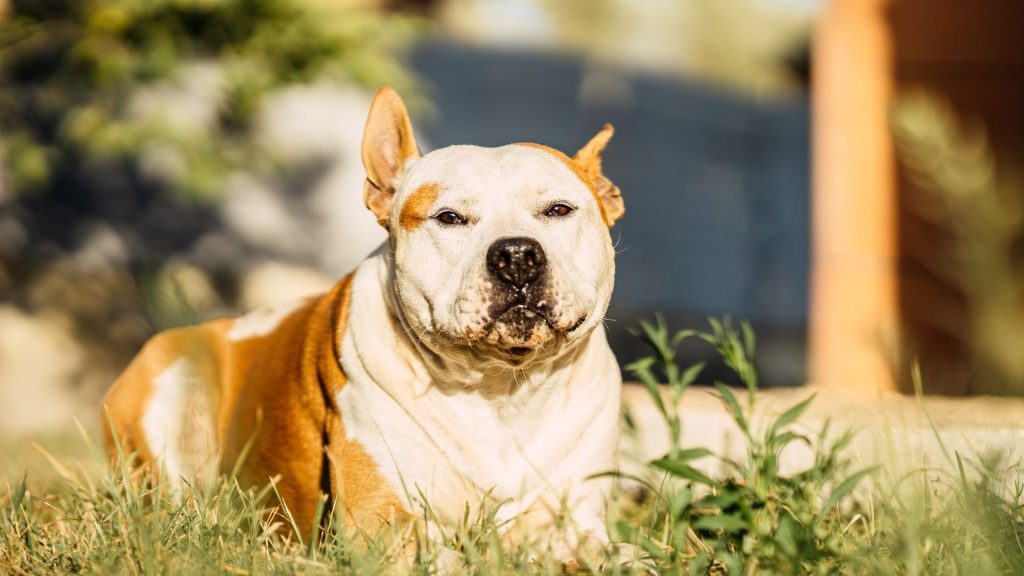
Myths and Misconceptions About Aggressive Breeds
Many people believe that certain dog breeds are inherently aggressive and dangerous. This misconception often leads to unfair stigmatization. It’s important to recognize that aggression is not solely determined by breed. Factors such as upbringing, training, and environment play a significant role in shaping a dog’s behavior.
The Role of the Owner in Shaping Behavior
Owners have a profound impact on their dogs’ behavior. Proper training, socialization, and care can prevent aggressive tendencies in any breed. Neglect, abuse, or lack of training can result in aggression, even in breeds typically considered gentle. Responsible ownership includes understanding a breed’s specific needs and providing a supportive and structured environment.
Breed-Specific Legislation and Its Effects
Some regions implement breed-specific legislation (BSL) to control aggressive breeds. However, BSL often fails to address the root causes of aggression and unfairly targets certain breeds. Education and responsible ownership are more effective approaches to preventing dog aggression.
Individual Variations Within Breeds
Each dog is an individual with its unique personality and temperament. While some breeds may have tendencies towards certain behaviors, not every dog of that breed will exhibit aggression. Evaluating dogs on an individual basis rather than generalizing by breed helps in understanding and managing their behavior more effectively.
By dispelling myths and focusing on responsible ownership, we can create a safer and more informed approach to handling dog aggression.
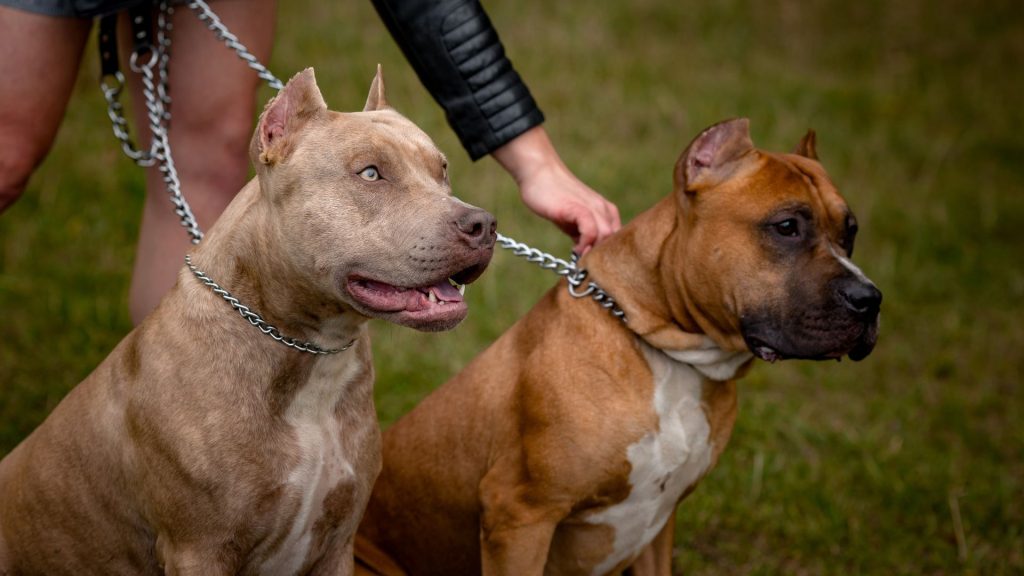
Conclusion
Understanding and managing aggressive dog breeds requires knowledge, patience, and responsible ownership. Key points include recognizing the factors influencing aggression, such as genetics, environment, and training. Early socialization and consistent, positive reinforcement are essential in preventing and managing aggressive behavior. Dispelling myths about certain breeds helps reduce unfair stigmatization and promotes better understanding.
By focusing on individual dogs and their unique needs, owners can foster well-behaved and balanced pets. With proper care and training, even breeds with aggressive tendencies can become loyal, loving companions. Responsible ownership is the key to ensuring a safe and harmonious relationship with your dog.

Hello, I’m Donna Carter, the founder and writer behind PetFleck.com. My journey with dogs started years ago, and it’s been a passion that has only grown stronger over time. I’ve always been fascinated by the unique behaviors and characteristics of different dog breeds, and this curiosity has led me to dive deep into the world of canine studies.
My love for dogs is the driving force behind everything I do. I’ve dedicated countless hours to researching and understanding the nuances of dog care, training, and breed-specific traits. This dedication helps me create content that is not only informative but also genuinely helpful for fellow dog lovers and owners.
At PetFleck, I combine my extensive knowledge and hands-on experience with my passion for dogs to provide valuable insights and tips. Whether it’s exploring different breeds or offering practical advice on dog care, I aim to share knowledge that makes a real difference in the lives of dogs and their families.
I’m thrilled to share my love for dogs with you through my writing. I hope my articles inspire and inform, helping you to better understand and appreciate the incredible bond we share with our furry friends.
Thank you for visiting PetFleck.com, and I look forward to connecting with you through our shared love of dogs!

